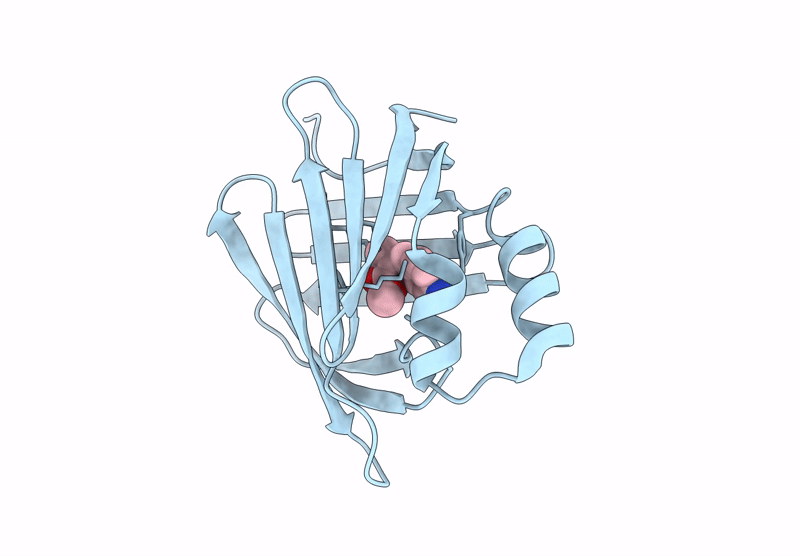
Deposition Date
2024-09-26
Release Date
2025-03-26
Last Version Date
2025-04-02
Entry Detail
PDB ID:
9GW0
Keywords:
Title:
M2 mutant (R111K:Y134F:T54V:R132Q:P39Y:R59Y) of human cellular retinoic acid binding protein II - 1l conjugate
Biological Source:
Source Organism:
Homo sapiens (Taxon ID: 9606)
Host Organism:
Method Details:
Experimental Method:
Resolution:
2.40 Å
R-Value Free:
0.28
R-Value Work:
0.20
R-Value Observed:
0.20
Space Group:
P 31 2 1


